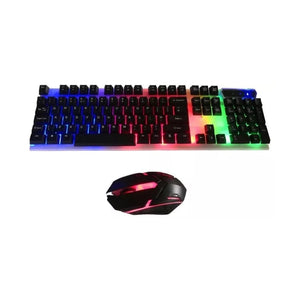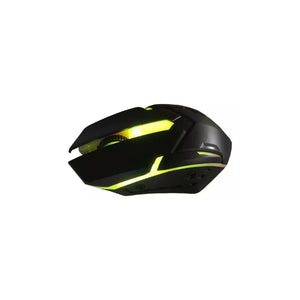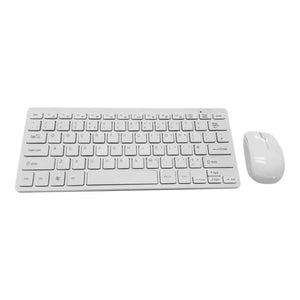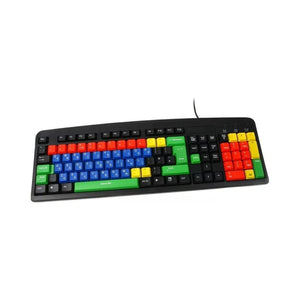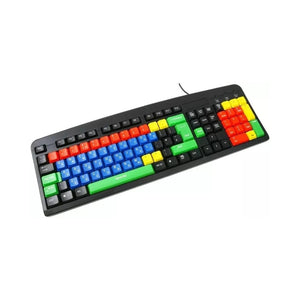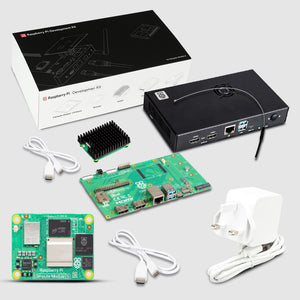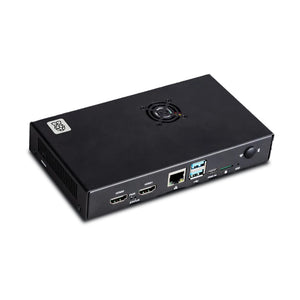Imagine bringing our solar system to life on your desk—planets orbiting smoothly around a miniature Sun. That’s exactly what this delightful Arduino Nano project delivers, making astronomy tangible and interactive. Designed by a team of makers, this “solar system model” demonstrates planetary movement using a clever combination of 3D‑printed parts and electronics, perfect for educators, students, or anyone curious about the dance of celestial bodies.
At its core, the system uses an Arduino Nano linked to a ULN2003 driver, which controls a small 5V stepper motor. This setup rotates planets around a central Sun, simulating orbital periods by cleverly adjusting gear sizes. Using gears with different tooth counts—Earth’s gear has 24 teeth, Venus’s 18—the model replicates the varying speeds at which planets move through space, all at a scaled-down pace. The setup is powered by a 9V battery, and everything snaps together with hot glue and precision-fit, 3D-printed pieces.

What makes this model truly stand out is its educational and hands-on appeal. Rather than viewing planets on a screen, you assemble the system from scratch—printing parts, gluing gears, wiring electronics, and uploading Arduino code. You’ll learn how stepper motors work, how gear ratios translate to movement, and how fundamental astronomy concepts (like orbital periods) can be modeled in miniature. Plus, writing firmware manually—without relying on external libraries—deepens your understanding of motor control and embedded programming.
The result is as charming as it is instructive. Watching your planets orbit creates a moment of wonder and gives a clear visual aid for explaining why Earth moves slower than Mercury or faster than Mars. For STEM teachers, this makes an engaging classroom centerpiece. For hobbyists, it's a fun weekend project with real learning built in.
Before you begin, you’ll download CAD files and firmware from the project’s repository, print your parts, assemble the gears and planetary arms, and wire up the Arduino Nano to the stepper driver and motor. Then upload the C++ sketch using PlatformIO in VS Code. With everything assembled, flip the switch—and your orbital model powers up, making the miniature solar system your own.
Read full here


